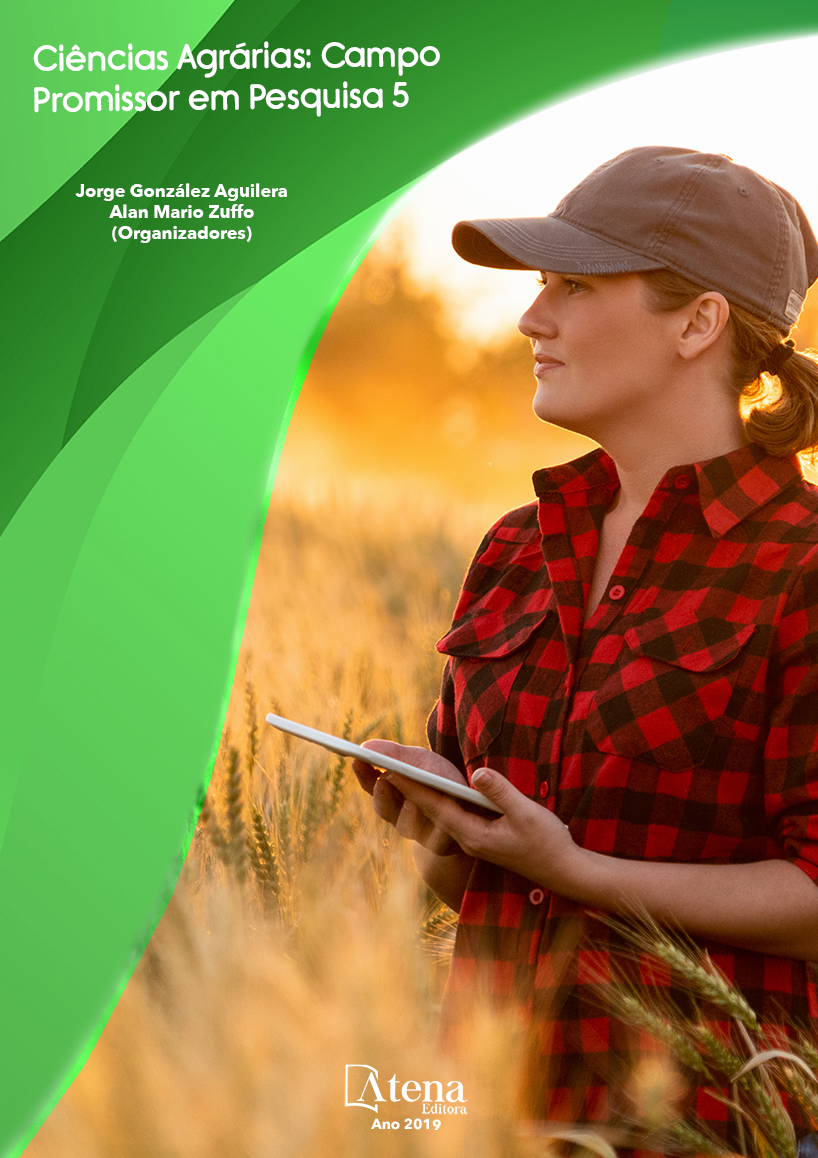
ADAPTAÇÃO DA CANOLA EM CONDIÇÃO DE SAFRINHA NO PLANALTO SERRANO DE SANTA CATARINA
Na região Serrana de Santa Catarina,
onde está localizado Curitibanos, possui
uma janela de cultivo não aproveitada entre
fevereiro/março e junho/julho, representando o
período entre a colheita das culturas da soja e
feijão até a semeadura do trigo. Conhecendo
a adaptação da canola em condição de
temperaturas elevadas, existe a possibilidade
de cultivo nesta janela. O objetivo foi estudar a
adaptação da canola em condição de safrinha
no Planalto Serrano Catarinense. O estudo foi
conduzido na área experimental da UFSC –
Curitibanos, no período entre setembro de 2015
e julho de 2016. O experimento foi conduzido
em DBC com parcelas subdivididas com quatro
repetições. As parcelas foram formadas pela
época de semeadura conforme a colheita
das culturas da soja e feijão, semeadas em
10/10 e 10/11 de 2015. As subparcelas foram
formadas por três híbridos em sucessão à safra
de verão. Na safra de verão foram avaliados
emergência até o início do florescimento,
florescimento até a maturação fisiológica,
componentes da produção e a produtividade.
Na safrinha avaliou-se duração das fases de
desenvolvimento, características biométricas e
componentes de produção e produtividade. Os
dados foram submetidos à análise de variância
pelo teste F (p<0,05) e quando encontradas
diferenças significativas as médias foram
contrastadas pelo teste t (p<0,05). Concluiu-se
que o hibrido de canola Hyola 411 semeado em
11/02 de 2016 apresentou bom potencial para
cultivo em função de seu ciclo precoce e que
se faz necessário o desenvolvimento de novos
estudos para analisar a adaptação dos híbridos
no cultivo safrinha.
ADAPTAÇÃO DA CANOLA EM CONDIÇÃO DE SAFRINHA NO PLANALTO SERRANO DE SANTA CATARINA
-
DOI: 10.22533/at.ed.1911920061
-
Palavras-chave: Janela de cultivo, potencial de adaptação, Brassica napus L. var. oleífera.
-
Keywords: planting time window, adaptation potential, Brassica napus L. var. oil
-
Abstract:
In the highland regions of the state of Santa Catarina, where Curitibanos
is located, there is a period of time during the year when farmers usually don't grow any
crops in their lands. This period goes from February - when they harvest their soybean
or common bean fields - to July, when farmers start to sow wheat fields. Based in the
knowledge that canola can adapt to high temperatures there is a possibility for growing
this crop during this time window. Therefore this project had the objective of studying
canola adaptation in "safrinha" conditions in the highland regions of Santa Catarina.
The study was conducted in the experimental area of the Federal University of Santa
Catarina - Curitibanos between September of 2015 and July of 2016. The experiment
was conducted with a split-plot design with main plots arranged in a randomized block
design, with four replications. The entries in the main plots were formed by the sowing
dates of canola after harvesting the summer crops (soybeans and common beans)
sowed in October 10ᵗʰ and November 10ᵗʰ of 2015. The entries in the subplots were
formed by three canola hybrids in succession to the summer crop. In the summer
crops, number of days from emergence to flowering and from flowering to physiological
maturation, production components and yield were evaluated. For "safrinha" grown
canola the evaluations were: duration of development phases, biometric characteristics,
components of production and yield. The data was submitted to analysis of variance by
the F test (p < 0.05) and when significant differences were present, the average values
were compared by t test (p <0.05). In conclusion, this study showed that canola hybrid
Hyola 411 sown on February 2nd, 2016 has presented good potential for cultivation
due to its early cycle. Additionally, more studies are necessary to fully analyse the
adaptation of canola in "safrinha" conditions.
-
Número de páginas: 15
- Luiz Henrique Michelon
- Jonathan Vacari
- Robson Drun
- Volni Mazzuco
- Ana Flávia Wuaden
- Thaís Lemos Turek


